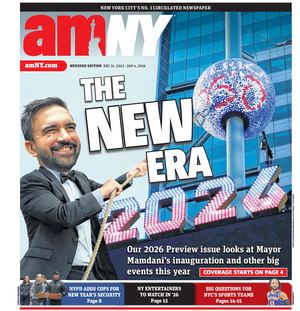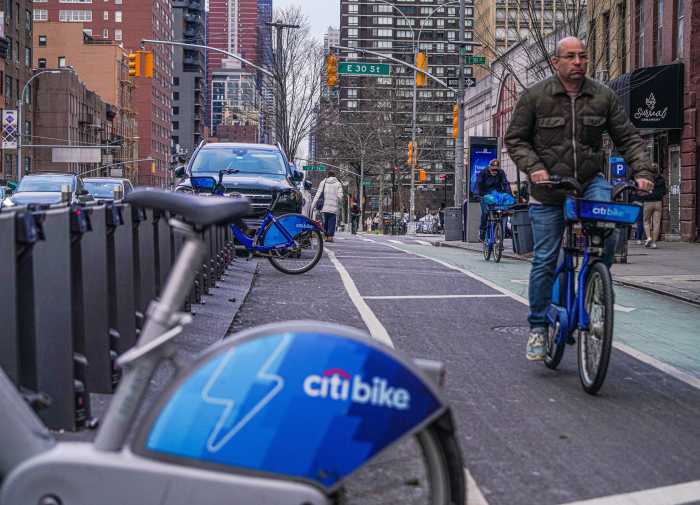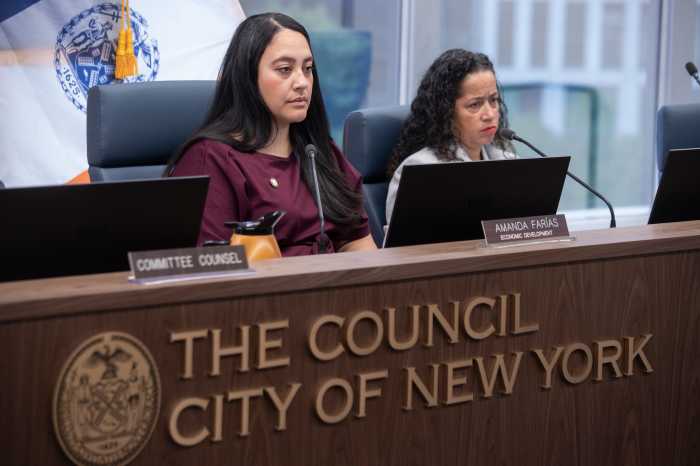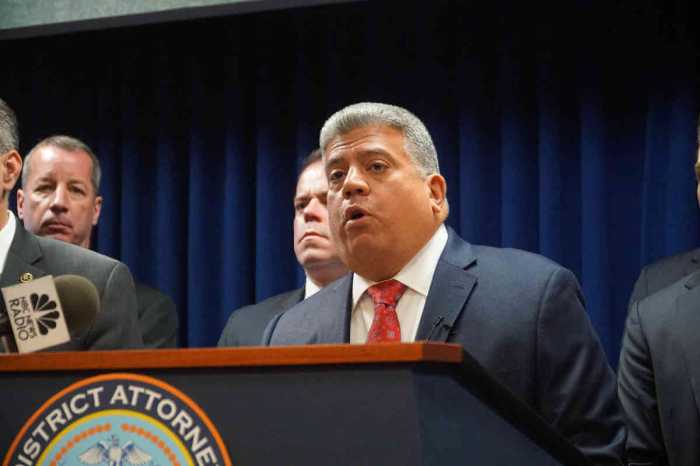
The Metropolitan Transportation Authority’s employee overtime spending rose by $84 million, or 11 percent, last year, according to a report by The Empire Center for Public Policy, an Albany based think tank.
Out of six of the MTA’s sub-agencies — not including the MTA Bus division, which withheld its records — Headquarters saw the largest percentage change in overtime pay, a 179 percent increase. Transit Authority employees collected the most in overtime, $575.7 million.
“To be fair, there are times when paying overtime is cheaper than hiring another employee,” said Tim Hoefer, the Executive Director of ECPP. “So it might make sense to have everyone accumulate five hours of overtime per pay period rather than bringing some else on and paying the salary plus benefits.”
Hundreds of MTA employees doubled their salaries through overtime; one LIRR track foreman tripled his total salary from $101,204 to $333,128 through overtime compensation.
Out of 77,252 MTA employees, 158 earned over $100,000 in overtime in 2015, approximately two-thirds worked for the LIRR. Nine employees earned more than Michael Horodniceanu the MTA president of Capital Construction.
In the MTA Police subdivision, the average employees collected $30,436 in overtime last year.
Another 420 employees earned more in overtime than they did in regular pay.
“What are we doing that these 420 MTA employees need to earn more than their actual pay rate in overtime?” Hoefer added. Why aren’t we bringing somebody else on? Can they explain that?”
“MTA non-reimbursable overtime increased last year by $32 million, or 3.5 percent, contrary to the Empire Center’s claims,” said an MTA spokesperson. “In many cases, assigning overtime appropriately is less expensive than hiring additional permanent staff.”







































